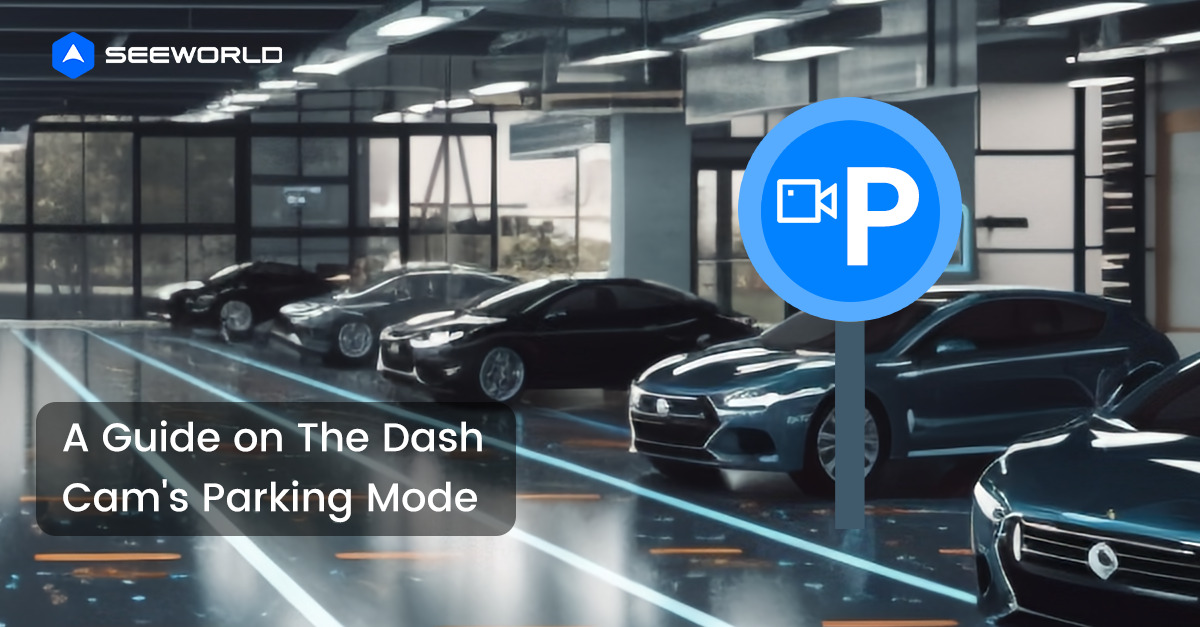In today’s tech-driven world, location-based services have become an integral part of our daily lives. One such innovative technology that has gained prominence is geofencing. This powerful tool is employed in various industries, from marketing to security, offering a range of applications that leverage the concept of virtual boundaries. In this blog post, we’ll delve into the world of geofencing, exploring what it is and how it works.
What is Geofencing?
Geofencing is a location-based technology that uses GPS, RFID, Wi-Fi, or cellular data to create virtual boundaries around a physical location. This feature of the GPS tracking system can be customized to trigger specific actions when a device, such as a smartphone, enters or exits the designated area. The term “geofence” is derived from the combination of “geo,” meaning geographical, and “fence,” representing a boundary.
How Does Geofencing Work?
Creating the Geofence:
Geofences are typically created using geographical coordinates to outline the boundaries of a specific area. Businesses, individuals, or organizations can set up these virtual perimeters using GPS tracking software or platforms.
Utilizing Location Services:
For geofencing to work, the devices within the geofenced area must have their location services enabled. Depending on the technology used, devices determine their location through GPS signals, Wi-Fi networks, cellular towers, or a combination of these methods. This allows for accurate tracking of the device’s position.
Defining Trigger Conditions:
Once the geofence is established, trigger conditions are set to determine the actions that should occur when a device enters or exits the designated area. These actions can include sending notifications, displaying targeted advertisements, logging attendance, updating a database, or activating specific functionalities.
Device Detection and Action Triggering:
As a GPS tracking device equipped with location services enters or exits the geofenced area, the geofencing system detects the device’s change in position. When the predefined conditions are met, the system triggers the specified actions associated with the geofence.
Real-Time Updates and Analytics:
Geofencing systems often provide real-time updates and analytics, allowing businesses and organizations to monitor the effectiveness of their geofencing campaigns. This data can include the number of devices within the geofenced area, the frequency of triggers, and user engagement metrics.
Common Applications for Geofencing
Geofencing has become a transformative technology with diverse applications spanning multiple industries, reshaping the way businesses and individuals engage with their surroundings. Its widespread use includes location-based marketing, fleet management, real-time asset tracking, employee monitoring, security and surveillance, time and attendance tracking, parental controls, and even wildlife conservation efforts.
- Targeted Promotions: In location-based marketing, businesses leverage geofencing to target customers within specific geographic areas, delivering personalized promotions or ads when individuals enter the geofenced zone. For instance, retail establishments can entice passersby with notifications about exclusive offers, encouraging them to visit the store.
- Fleet Management: Fleet management is another prevalent application, where companies employ geofencing to monitor and optimize vehicle utilization. By creating virtual boundaries around designated zones, businesses ensure vehicles stay within specified areas, enhancing fuel efficiency and preventing unauthorized usage. For example, delivery companies can monitor driver compliance with planned routes and avoidance of restricted areas.
- Asset Tracking: In industries like logistics and manufacturing, real-time asset tracking is indispensable. Geofencing facilitates the monitoring of asset movements within warehouses, factories, or distribution centers, triggering alerts if assets move outside designated areas. This functionality aids in theft prevention and optimizes inventory management.
- Employee Monitoring: Geofencing finds utility in employee monitoring, particularly in industries with remote work or multiple job sites. Construction companies, for instance, can use geofencing to verify workers’ presence at designated job sites and track project-specific time allocations.
- Security: The technology contributes significantly to security and surveillance by restricting access to sensitive areas and notifying security personnel of unauthorized entries or exits. Airports, for example, establish geofenced perimeters around secure zones, ensuring only authorized personnel gain access.
- Time Tracking: Time and attendance tracking benefit from geofencing as companies set virtual boundaries around offices, capturing employee clock-ins and outs based on entry or exit from the geofenced area. This ensures accurate timesheets and minimizes time theft.
- Parental Controls: In the realm of parental controls, geofencing allows parents to establish virtual boundaries around specific locations, like schools or playgrounds, monitoring their children’s movements. Notifications alert parents when their child enters or leaves the designated area, enhancing peace of mind.
- Home Automation: Smart home automation integrates geofencing, enabling homeowners to set virtual boundaries around their property. As residents’ smartphones enter or exit the geofenced area, the system automatically adjusts home settings such as lighting, temperature, and security.
- Wildlife Conservation: Geofencing extends even to wildlife monitoring and conservation efforts, aiding in the protection of endangered species and mitigating human-wildlife conflicts. Conservationists set up virtual boundaries around protected habitats, using GPS-enabled tracking devices to monitor animal movements. If an animal crosses the geofenced boundary, alerts are sent to authorities for timely intervention.
These diverse applications showcase the versatility of geofencing, illustrating its transformative impact on various facets of daily life. This technology has become indispensable for numerous industries and individuals, reflecting its significant role in shaping our connected and dynamic world.
Conclusion
Geofencing is a versatile and dynamic technology with widespread applications in diverse fields. Its ability to seamlessly integrate with existing systems and enhance user experiences makes it a valuable tool for businesses and individuals alike. As technology continues to evolve, geofencing is likely to play an even more significant role in shaping the future of location-based services.




